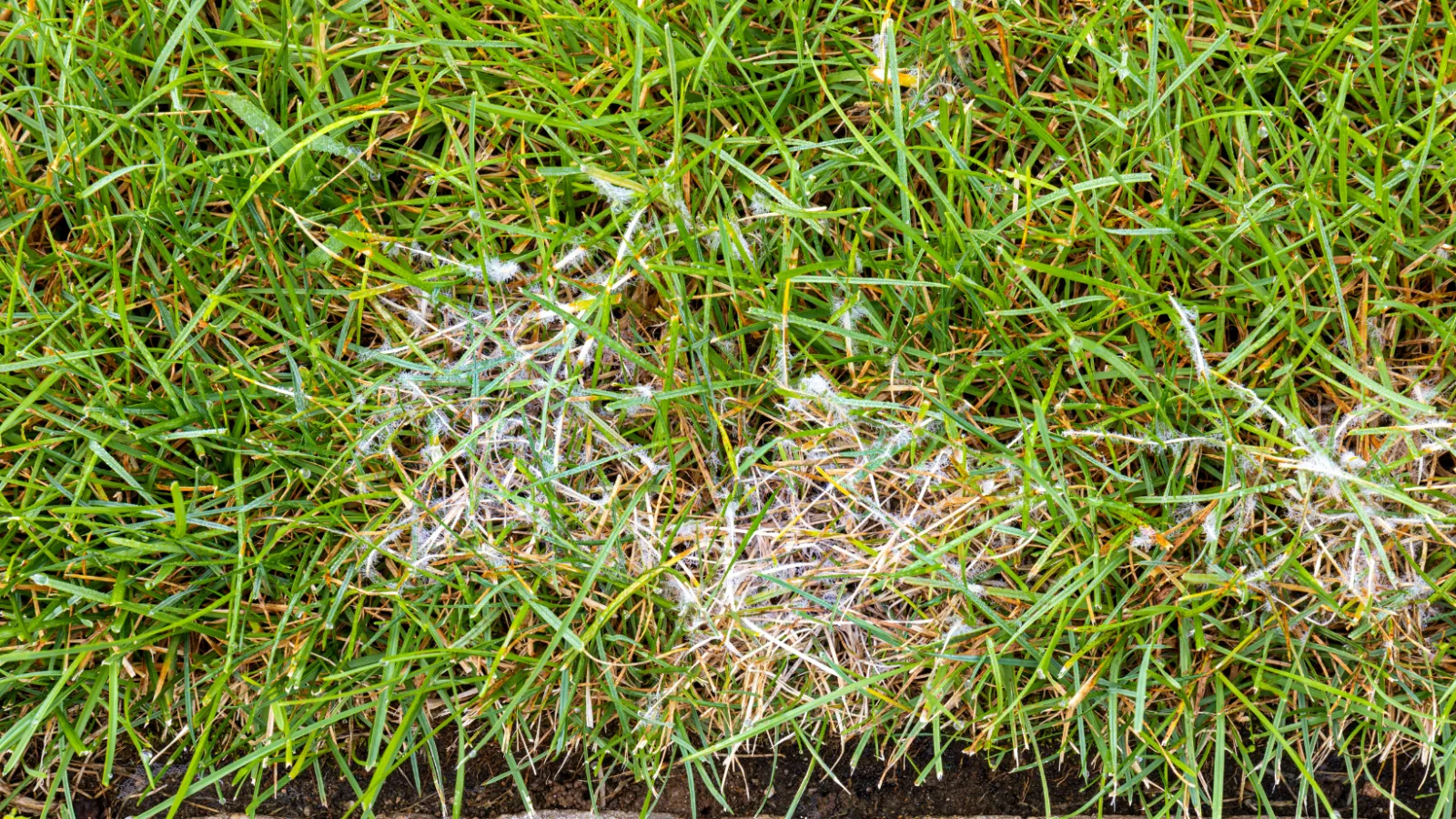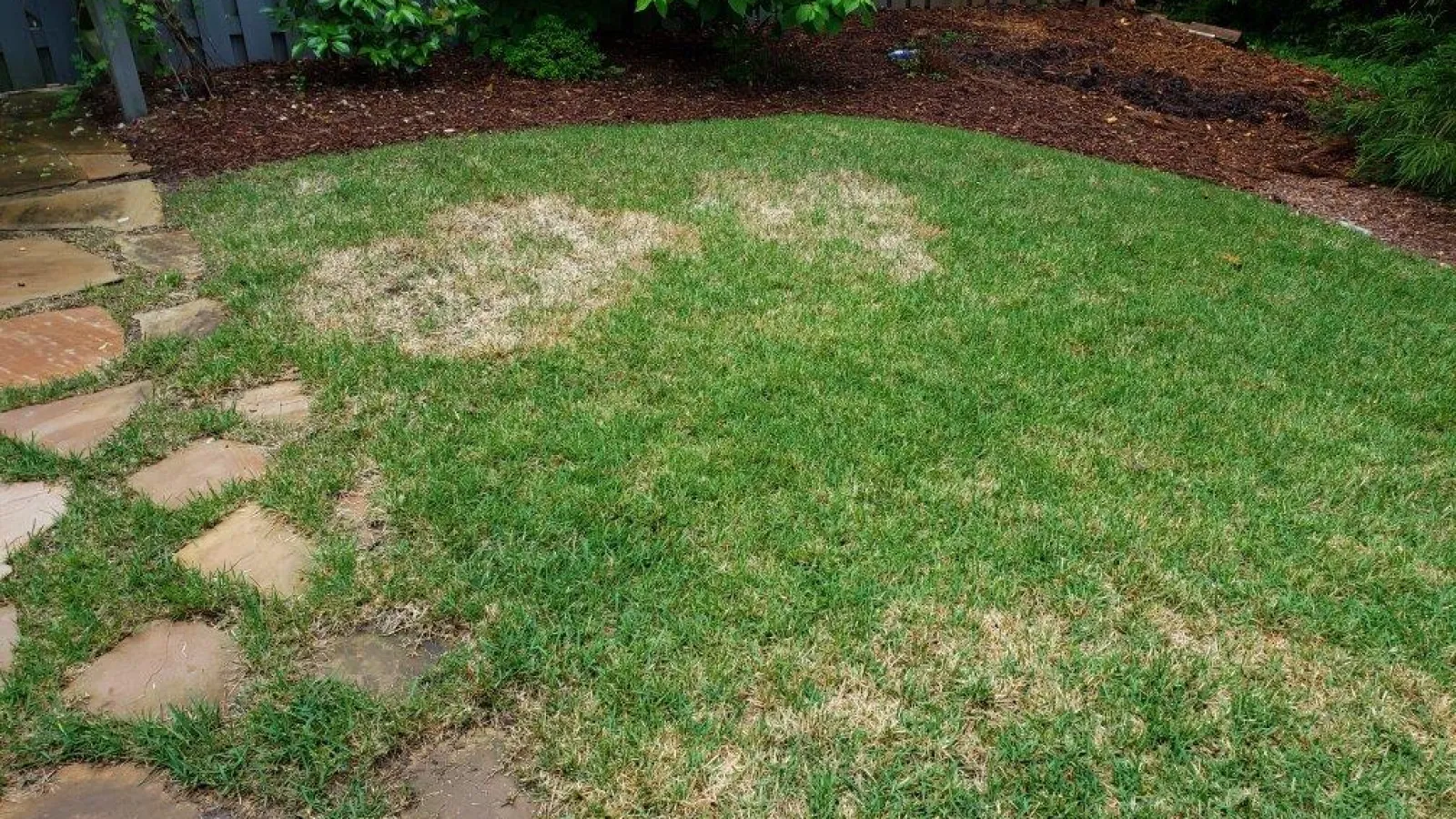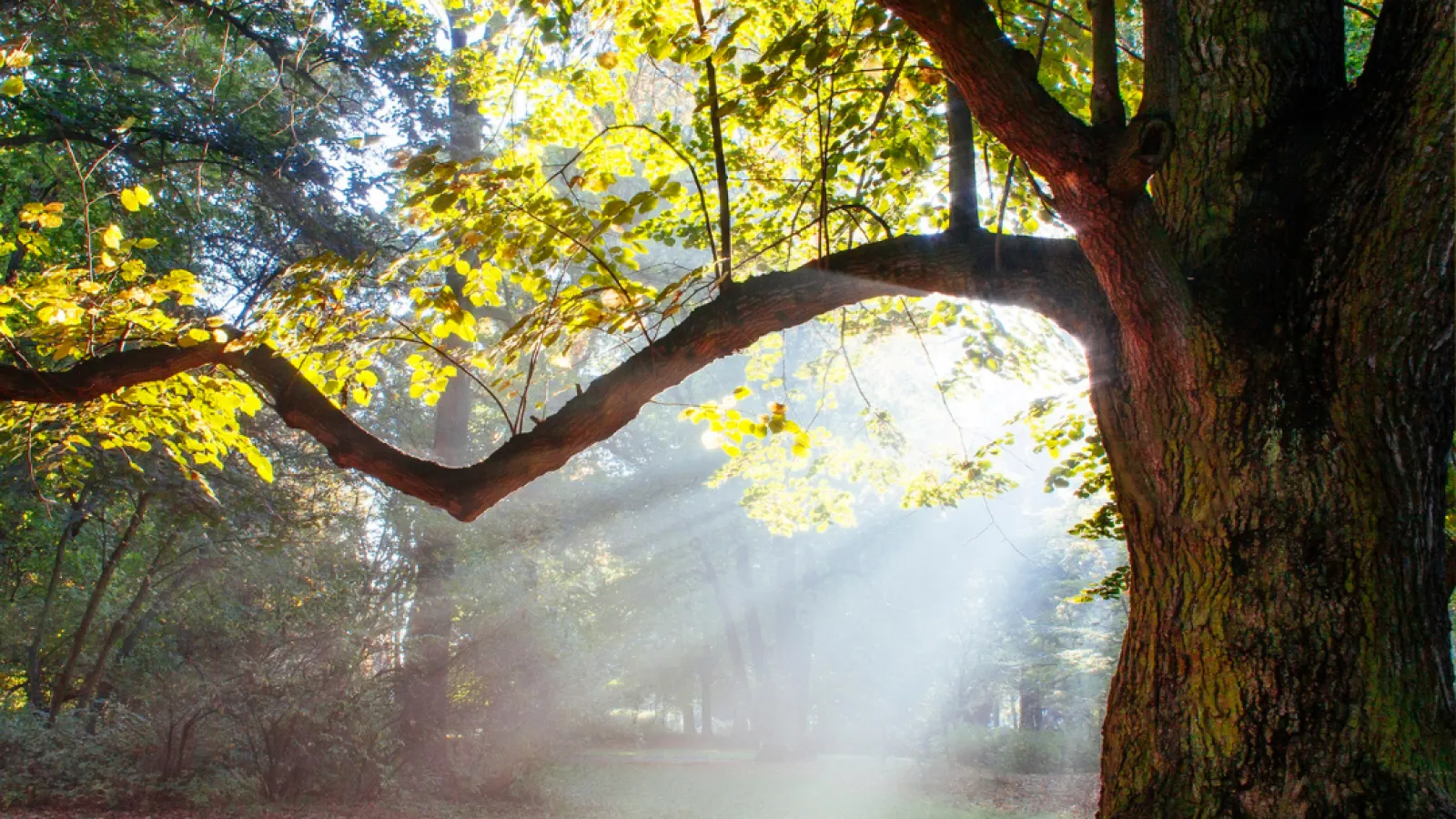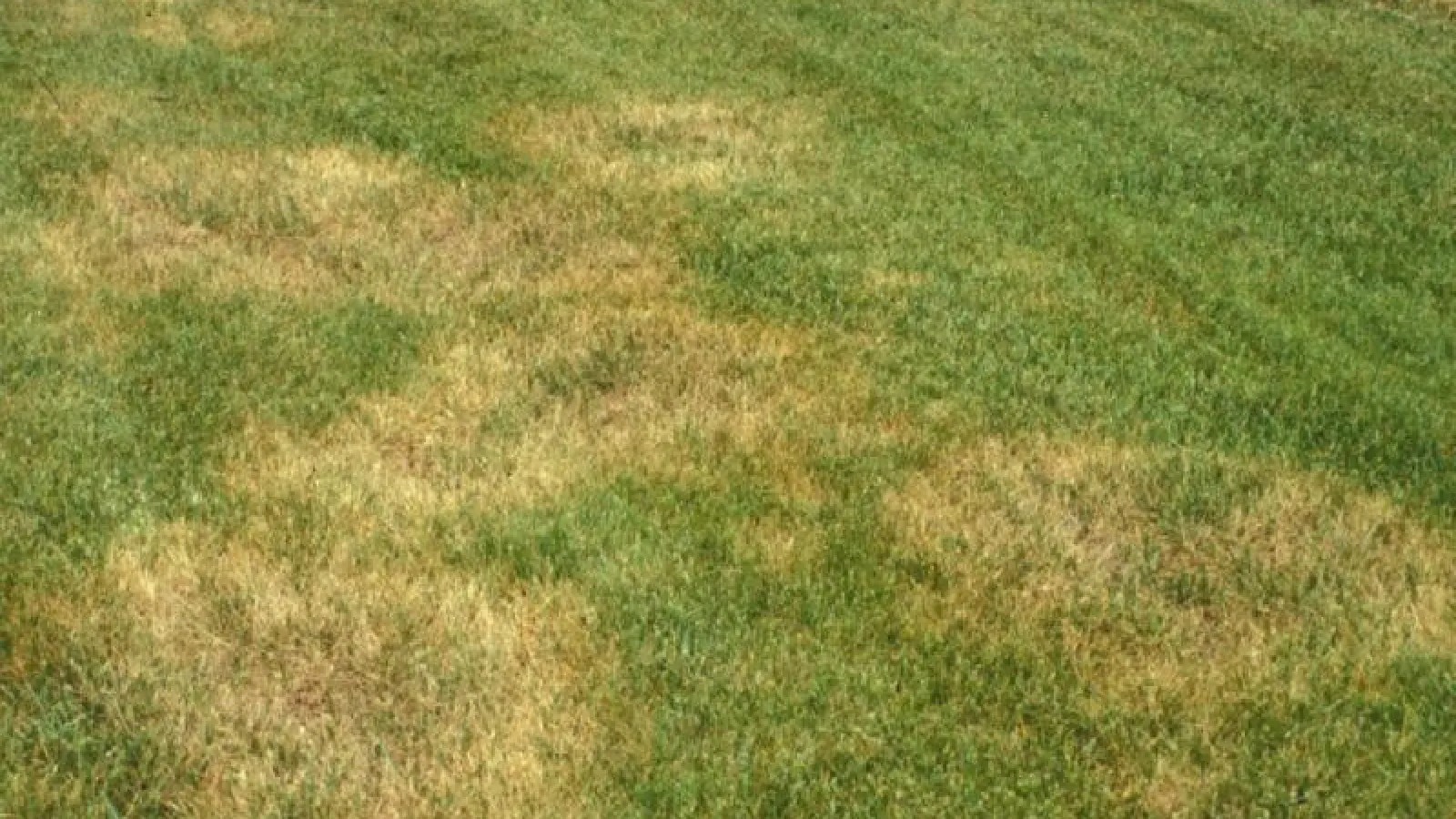
Rhizoctonia Solani- Fungus That Causes Brown Patch
Have you ever heard of Rhizoctonia solani? How about Brown Patch? Well, Rhizoctonia solani is the fungus responsible for causing brown patch fungus in lawns. One of the toughest parts about treating brown patch is that it's likely to reoccur in lawns that have previously struggled with the fungus. This soilborne fungus can return year after year and will continue to germinate and infect healthy grass if not controlled. Read on as we talk more about brown patch fungus including symptoms, weather it likes, and ways to prevent it.
Where To Find Brown Patch Fungus
Brown patch fungus loves cool-season grasses, including fescue. It survives by feeding on the dead organic matter in the soil and is activated by heat, humidity, and extended moisture periods on the turf. The ideal climate for brown patch is when the daytime temperatures are over 80 degrees Fahrenheit and the evening temps above 60 degrees. Here in the southeast, that's late spring through late summer. So, If you're not on a professional lawn care program, spring is when you could see brown patches take over your lawn. It can also occur in areas that experience more than 10 hours a day of wetness for several consecutive days.
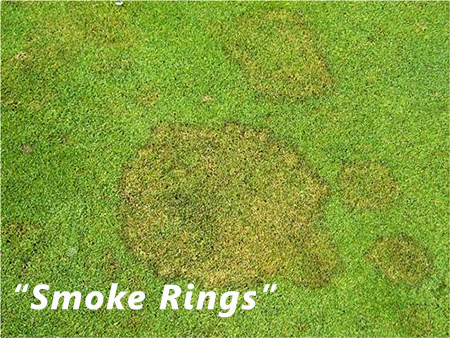
What It Looks Like
The fungus usually causes light brown, irregularly shaped, thinned patches of grass that are roughly circular in shape. Once brown patch disease has been introduced to your lawn, it can range from a few inches to several feet in diameter.
Typically speaking, the taller the grass, the greater the damage. A chief distinguishing feature of Rhizoctonia, brown patch is it appears during periods of warm, humid weather. The circles may even have what looks to be "smoke rings" bordering the diseased areas. The smoke rings are more pronounced in the early morning and are more commonly seen on close-cut grass. If you see this in your well-established lawn, most likely it will recover from brown patch. However, if your grass is less than a year old and becomes infected, the fungus can kill the lawn. Your lawn is also more prone to re-infection once it's been infected. This is because the disease can lay dormant for years.
Tips for Brown Patch Fungus Prevention
Now that we've told you a little about brown patch and how it thrives, let's discuss how to prevent it. Your best and most assured way is to be part of a professional lawn care program and get regular fungicide treatments. However, there are some things you, as a homeowner, can do to help your lawn avoid a brown patch infestation.
- Water. We recommend deep, less frequent watering. Irrigate. Make sure your lawn has good drainage and no standing water. It's best to water in the morning between 6 and 10 am. This allows ample time for the grass to dry throughout the day. And be sure to try the "tuna-fish can trick" to make sure you're watering appropriately.
- Drainage. Make sure your lawn has good drainage and no standing water.
- Prune. Prune your trees and shrubs to allow air movement and light penetration into the grass.
- Collect waste. Remove and dispose of clippings. This reduces thatch build-up and improves air circulation.
- Mow. Mow your lawn on a regular basis, when the lawn is dry, and at the proper height. For Fescue, we recommend 3.5-4". Mowing your lawn lower than suggested can increase disease severity, as can mowing too high. Mow often enough so you are not removing more than a ⅓ of the leaf blade with anyone mowing.
Remember, because brown patch is a soil-borne fungus, it can easily be transferred from one part of your yard to another. The infected areas should not be mowed, as that could cause diseased clippings to deposit elsewhere, spreading the fungus. Limit foot traffic on the grass so your shoes don't transport the spores. Finally, it's important to not apply fertilizer during an outbreak. Why? Because not only does your grass love it but so does the fungus! Eeeek!
Prevention is key and if an infestation does arise, control is vital. Proper management of your turf can be almost a full-time job so let "The Nice Guys" at Turf Masters Lawn Care help you and get your lawn on the healthy track it deserves.
